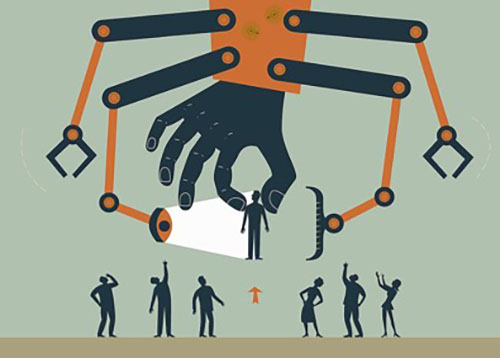By now you know that “data” is an abstract and broad term that can refer to anything. The same goes for obtaining that data. There are thousands of ways to uncover information, and data analysts and scientists are finding more methods to accomplish these goals.
But one of the oldest and most reliable methods out there involves the practice of statistical sampling. The principles behind it are worth examining because they can benefit your organization’s data analysis process depending on your concerns.
The Ins and Outs Of Statistical Sampling
At its core, statistical sampling is the act of taking a small segment from a large population and examining that small segment to gain insights on the behaviour of the larger population (hence the term “sampling”). It is one of the most efficient ways to collect data for several reasons.
Reasons Why Data Scientists Rely On Statistical Sampling
- Very practical method for obtaining data – It would take far too much time and frankly, is impossible to obtain data on every person, place or item under study. Taking a sample cuts down on the time and effort needed to analyze individual people or items.
- Sampling is cost-efficient – Data analysis is expensive and many organizations will cut down on the time needed to carry it out. Since statistical sampling reduces the time needed to study a given population, an organization will likely lower the costs of their data analysis if they rely on sampling.
- Statistical sampling is applicable to various industries – Data scientists can use statistical samples to find patterns in almost any industry imaginable. As long as the situation calls for it, then you can likely rely on sampling to find the data you’re looking for.
Examples Of Statistical Sampling You’re Familiar With
- Identifying risk factors for a disease among certain groups of people
- Finding the percentage of people who are unemployed/underemployed in a country
- Discovering the most popular T.V. shows or genres of music among certain age groups
- Exploring the connection between industrial expansion and animal endangerment
- Determining the prevailing political opinion in a specific geographic region
There are many other examples of statistical sampling and scenarios where this method of data collection works best. As a rule of thumb, if you are looking to get a general sense of “the bigger picture”, then statistical sampling can give you an answer. You won’t have to account for every person or every item in the population or survey group.
Use Of Statistical Sampling For Business Operations
The examples we mentioned above pertain to a wide variety of purposes, but for the sake of this article, we want to focus on sampling’s impact for business. There is plenty of flexibility when it comes to the use of this method, but there are a few instances where it’s even more practical.
Business Functions Where Sampling Is Most Appropriate
- Market research – To find a new market, companies will need to conduct thorough demographic research. With statistical sampling, you can survey just a few individuals to help you draw a conclusion about a particular market without having to survey millions of people.
- Development of new products – A product will only succeed if people want that product. Statistical sampling is a great tool to help businesses discover what a large population is looking for as a solution to their problems versus what they don’t care for.
- Customer satisfaction – Although this is more applicable to small businesses, sampling can work to uncover levels of customer satisfaction. Services such as Google Reviews don’t reveal the full picture of customer satisfaction levels, so a company can use sampling in the right context to get a sense of how customers feel about their business as a whole.
Just One Piece Can Solve the Whole Puzzle
Every human being is unique, having their own interests, goals and fears. But there are certain aspects of human nature and behaviour that are fairly consistent, especially among groups of people with similar interests. Whether people in these groups are unified by having the same pain points or favourite hobbies, you will likely find a common theme among all of them by just identifying a few. That’s where statistical sampling shines. Make use of this data collection method to gain deep insights by means of skimming the surface.




